Samakaka: A Fabric That Dances to the Rhythms of Angola 🇦🇴
- la Djalobienne Eton

- Oct 4, 2023
- 3 min read
Updated: Jan 1, 2024
Situated on Africa's southwest coast, Angola is a diverse and culturally rich nation, holding a treasure trove of traditions and natural beauty within its borders. Among its many cultural riches is the Samakaka cloth, a textile that transcends time, symbolizing Angolan heritage. This article embarks on a journey to explore the origins, significance, and modern relevance of Samakaka cloth.
Unraveling the Threads of History
Samakaka, also known as "pano de Samakaka" or "Sakamoto," is a textile deeply rooted in the culture of the Mwila people residing in southern Angola. The name "Samakaka" itself is derived from the Kimbundu word "Kisamakaka," meaning "cloth." This fabric is a mirror reflecting the cultural identity and age-old values of the Mwila people, serving as a tangible connection to their social and spiritual heritage.
Mwila dancers often wear folk costumes adorned with Samakaka prints, drawing inspiration from African folk dances that colonial European themes have influenced.
Samakaka Manufacturing and Patterns
The creation of Samakaka is a labor-intensive and traditional craft, lovingly
passed down through generations of skilled artisans. The fabric is crafted through weaving and dying; its allure enhances vibrant colors and intricate patterns that carry unique significance within the culture. The motifs often include symbols like diamonds or arrows, each bearing a specific meaning.
The most prevalent color combinations for Samakaka prints include:
Classic black and white.
A vibrant mix of red, yellow, white, and black (the most common choice).
Striking blue, paired with yellow, white, and black.
Earthy brown hues complemented by yellow, white, and black.
A lively blend of pink, white, yellow, and black.
A colorful combination of purple, yellow, white, and black.
A union of fresh green with yellow, red, white, and black.
Warm Orange fusion with yellow, white, and black.
Clear Brown combined with red, white, and black.
Deep blue, white, and black mix.
The Cultural Significance of Samakaka
Samakaka cloth holds deep cultural significance for the Mwila people, serving as a central element in their life events, symbolizing social status, connecting with spirituality, and fostering community unity.
It plays a pivotal role in rites of passage, represents wealth and influence, is believed to have spiritual importance, and serves as an expression of unity within the community.
Samakaka, while preserving its role as a symbol of tradition and identity, has also gracefully made its way into contemporary fashion and design. Recent years have witnessed the integration of Samakaka patterns into clothing, accessories, and even interior decor. This cultural icon has transcended the boundaries of the Mwila community, finding admirers and enthusiasts in Angola and across the globe.
The flexibility and uniqueness of Samakaka patterns have piqued the interest of the global fashion industry. Designers are incorporating these distinctive designs into their collections, sharing a piece of Angolan culture with the world.
Today, the Samakaka fabric enjoys popularity among people of African descent and those who appreciate lively and cheerful patterns worldwide. This delightful African cloth creates contemporary garments, including dresses, shirts, tops, skirts, T-shirts, head ties, bags, and more. It has found a special place in the hearts of individuals who admire its vibrant and captivating designs.
In Angola, Samakaka is celebrated through cultural festivals and events that showcase its beauty and significance. This resurgence in modern times has instilled a deep sense of pride within the Angolese people, serving as a testament to the enduring worth of their cultural heritage.
Its vibrant patterns and profound cultural significance render it a symbol of identity, seamlessly bridging the past and the present. As the Samakaka textile continues to entwine itself with contemporary fashion and design, it stands as a testament to the timeless legacy of Angolan culture and a source of pride for its people.
Samakaka cloth, a symphony of colors and patterns, threads the soul of the Angolese people into every stitch of their heritage. - La Djalobienne Eton













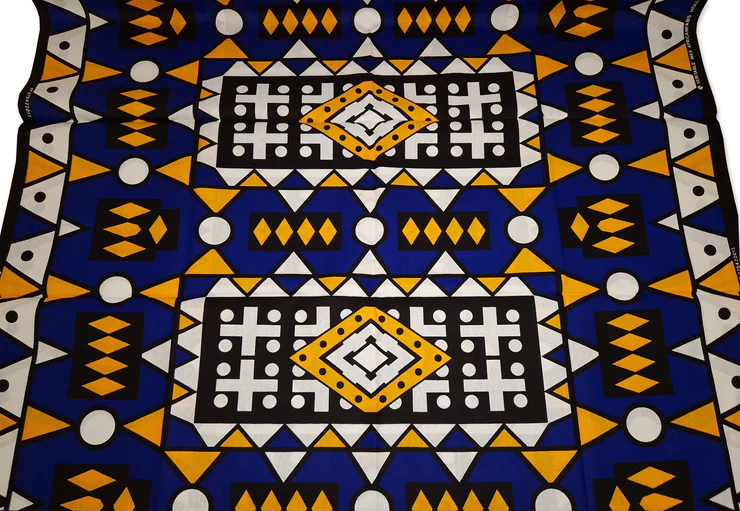

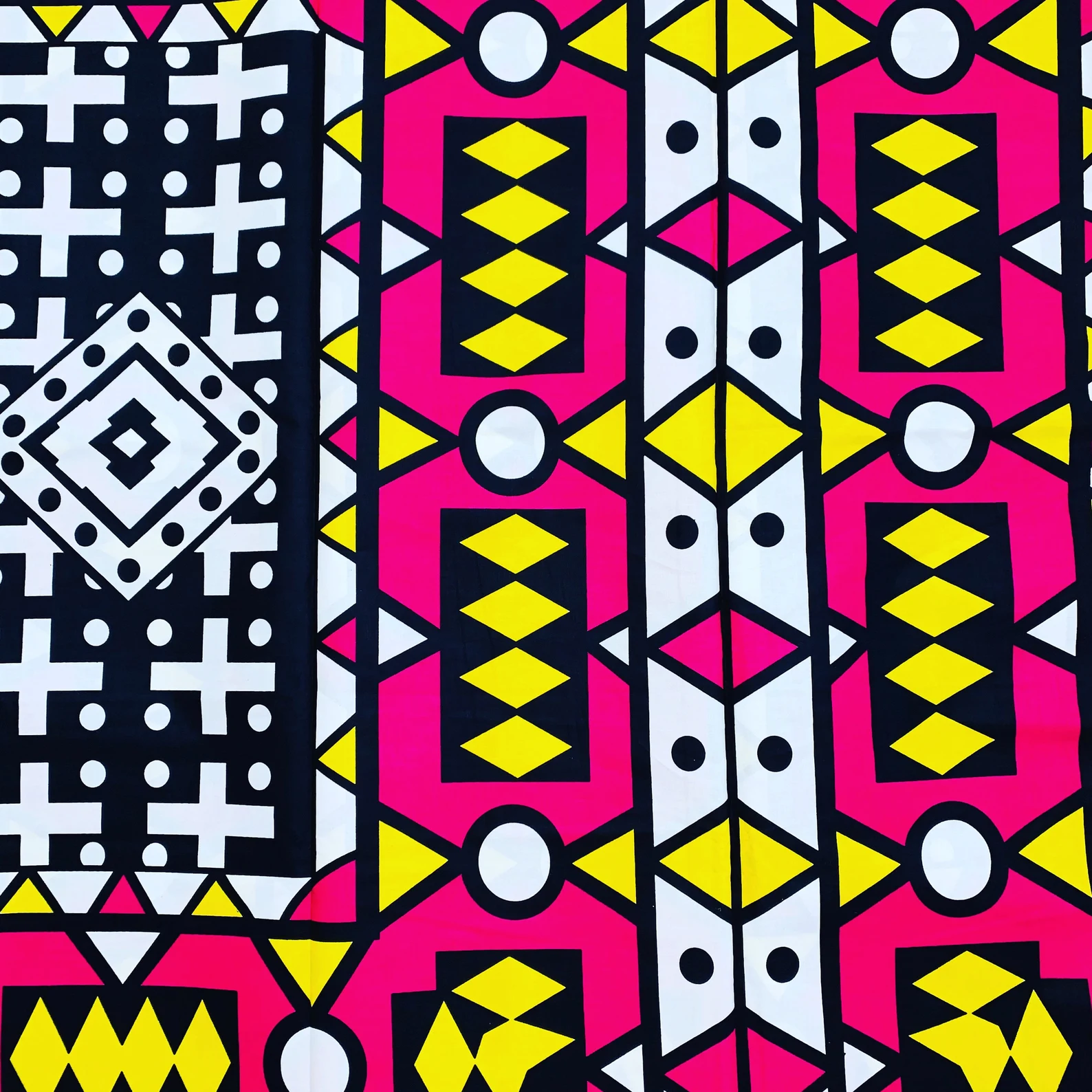
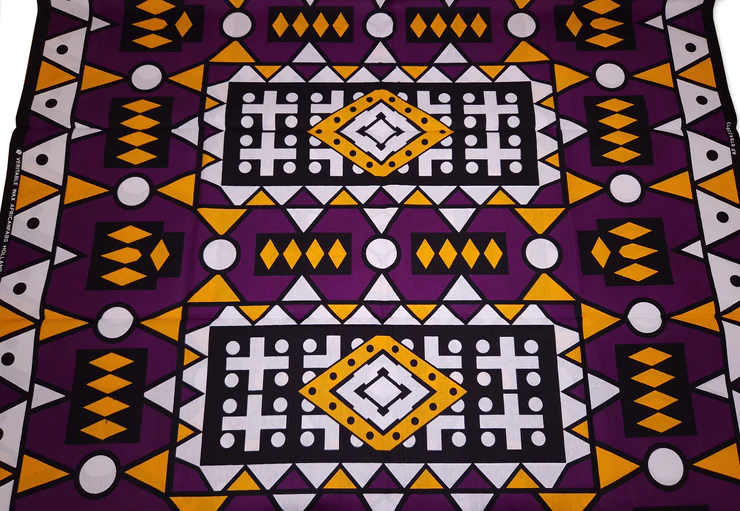


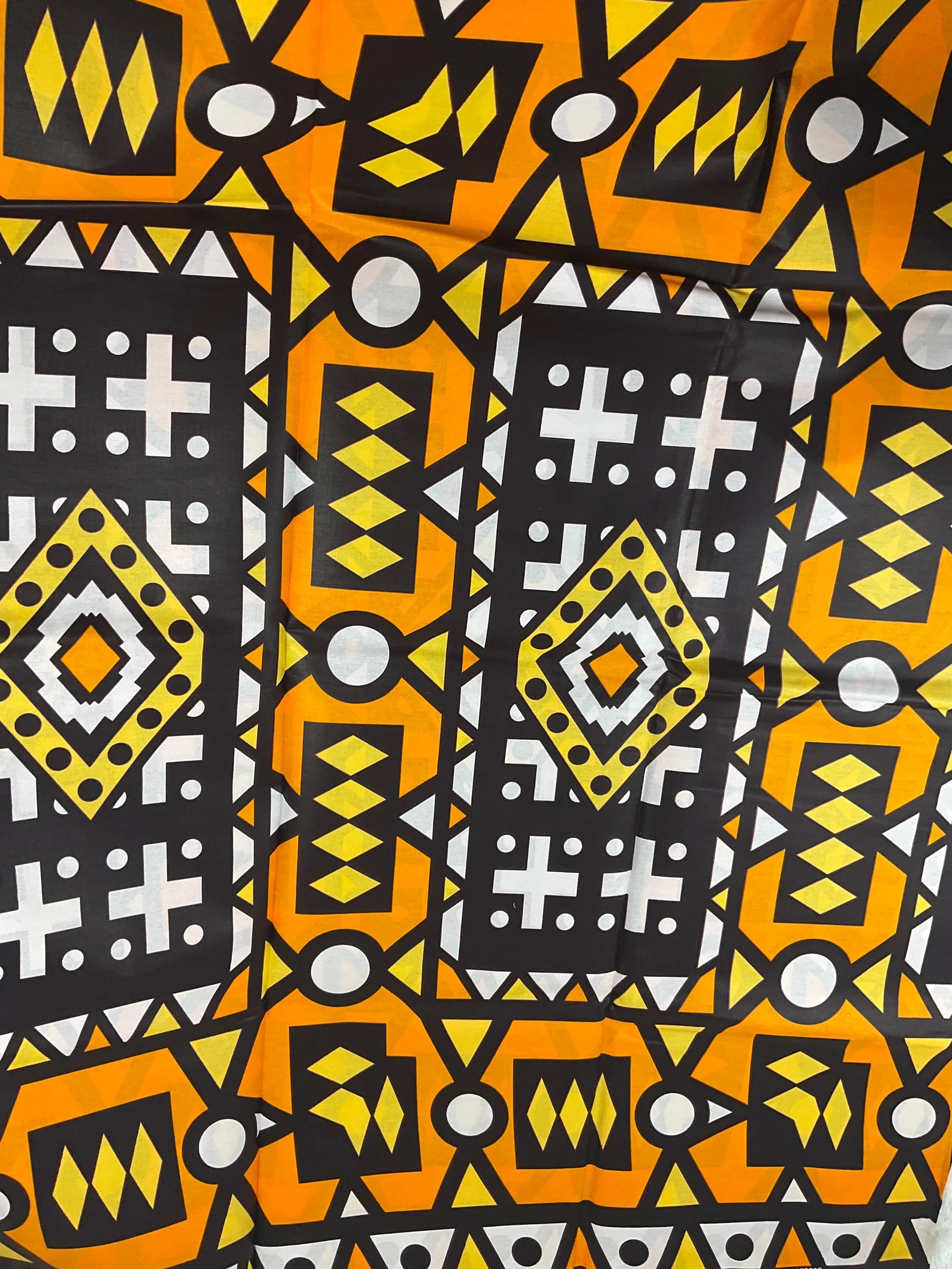
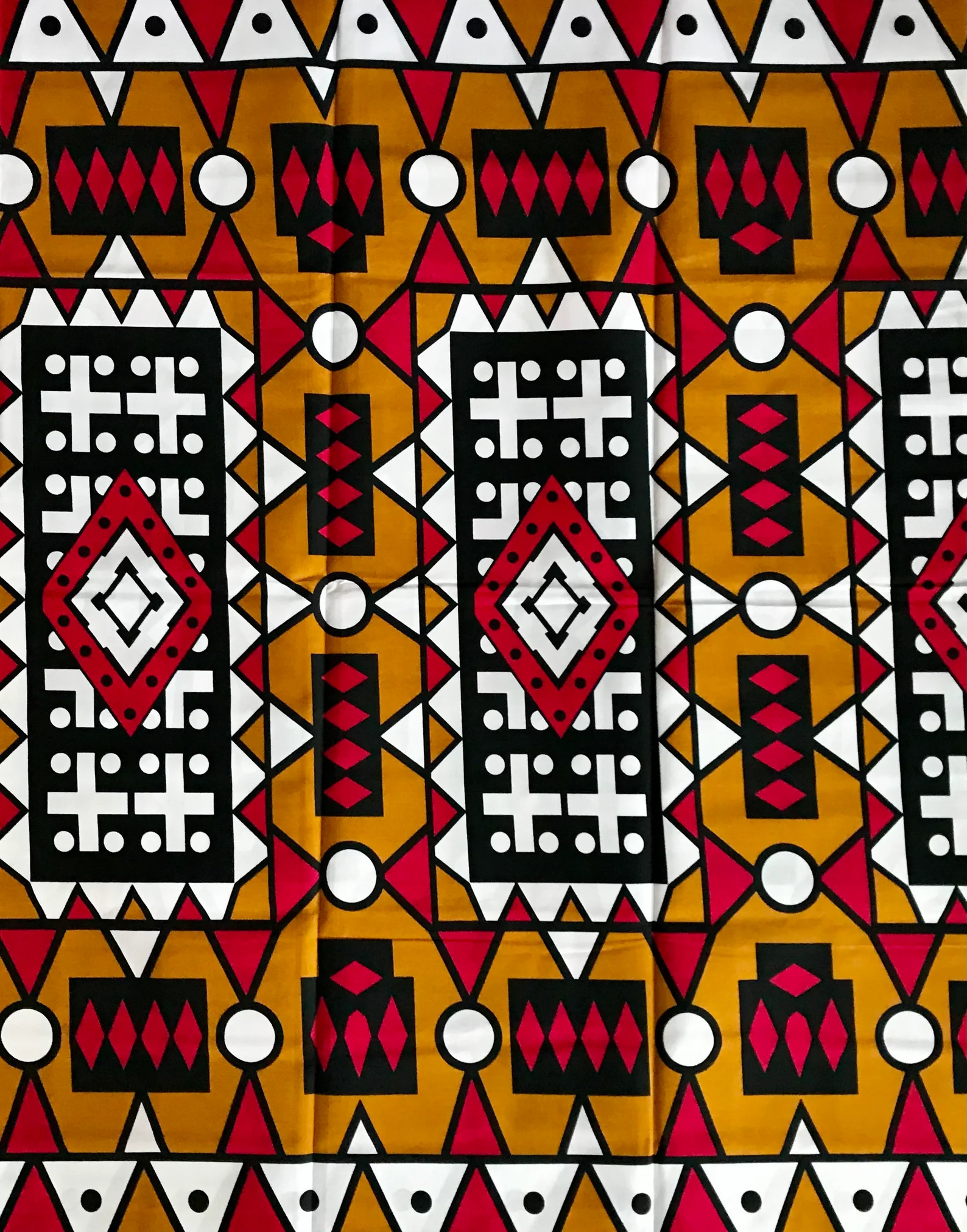






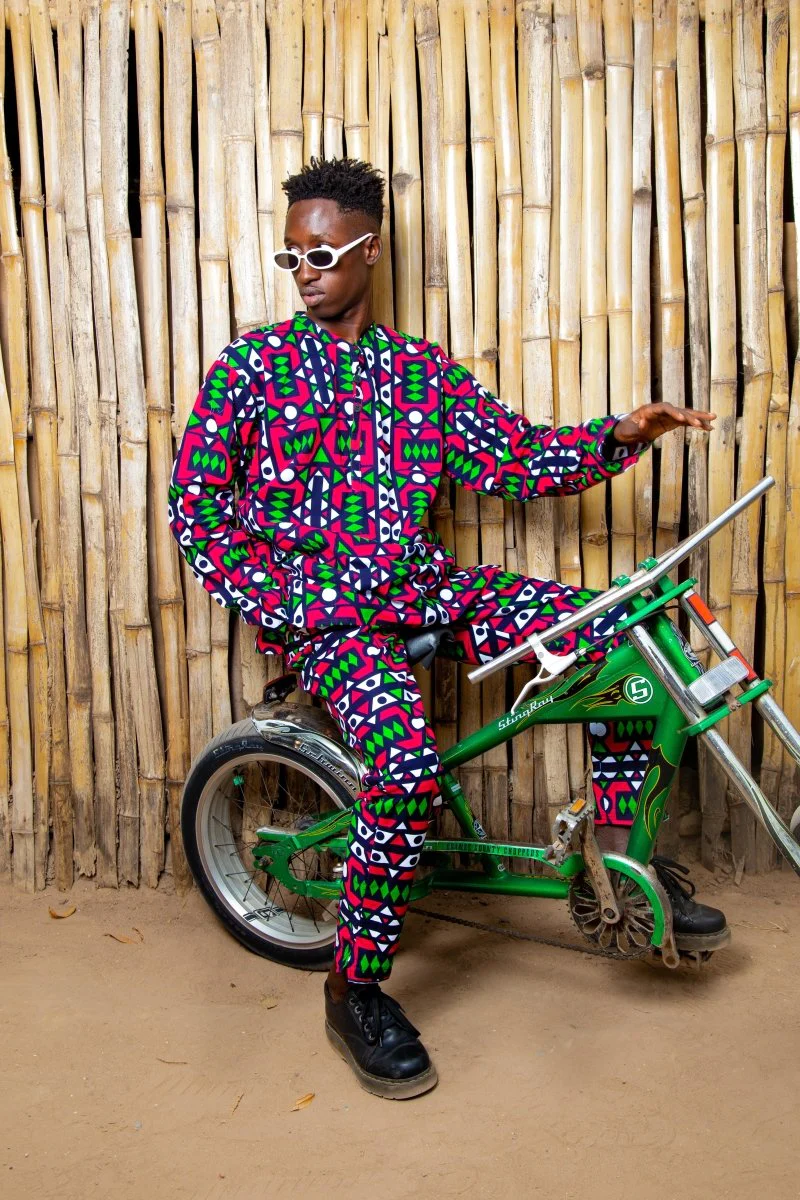
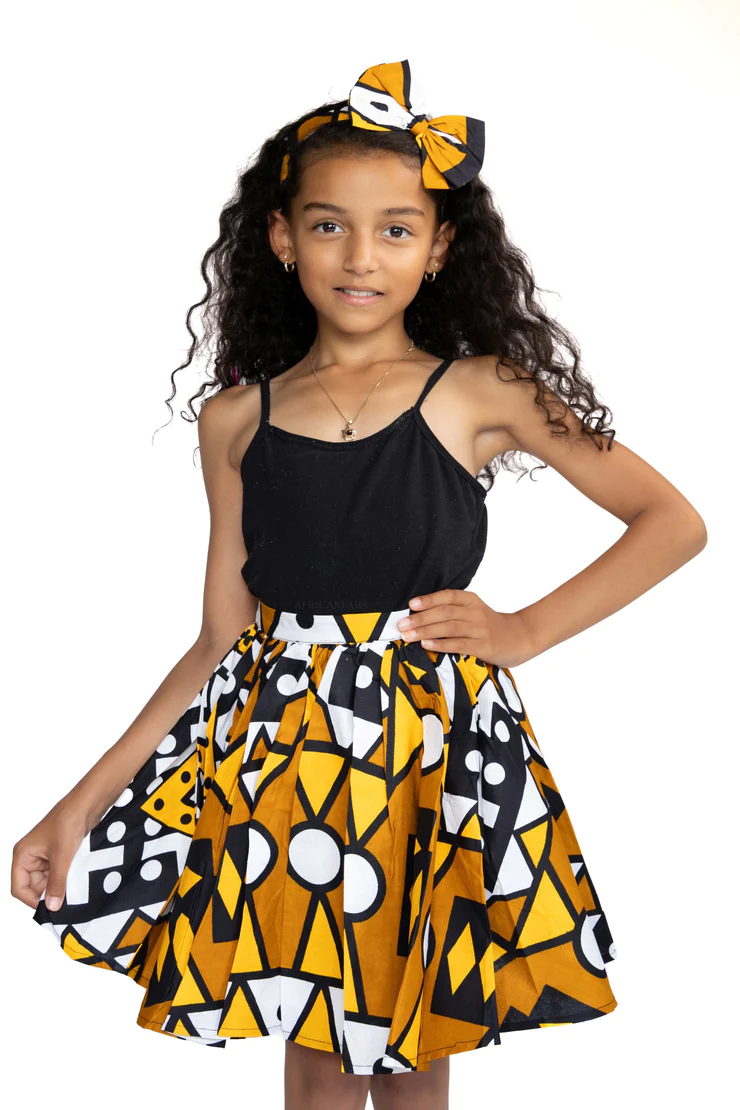







🔥🔥🔥🔥